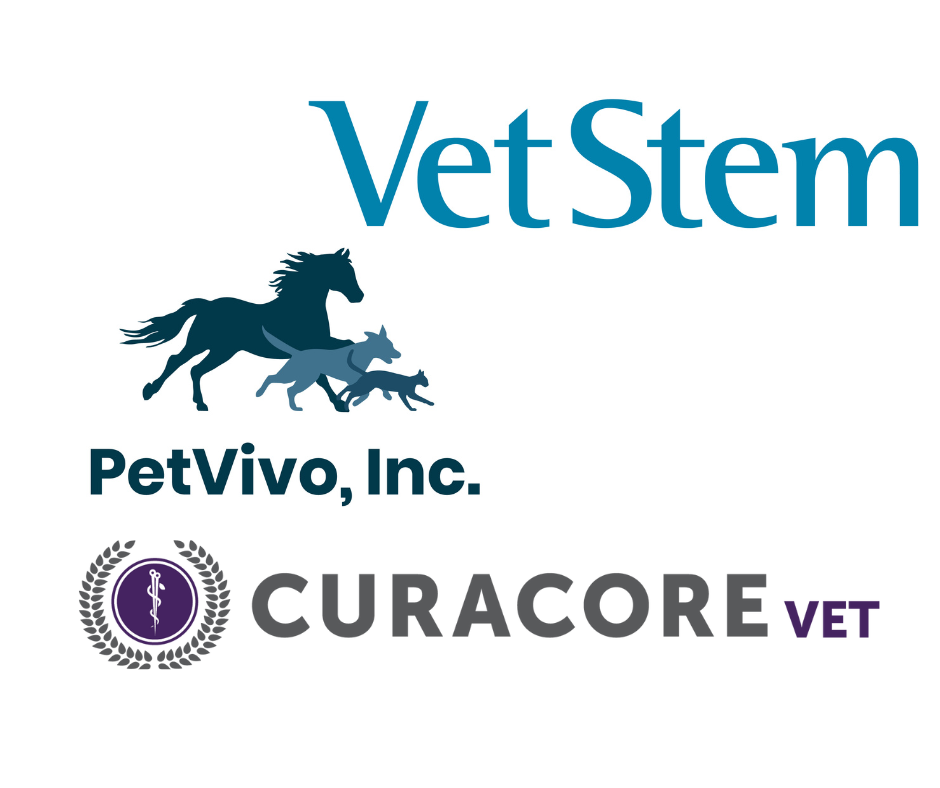
Local blocks and joint injections.
9 am – 12 noon (local time)
Tuesday, April 16
Instructors: Jamie Gaynor, DVM, DACVAA, DAIPM, CVPP, CVA (IVAS), Founding Member & Past BOD IVAPM; Douglas Stramel, DVM, CVPP, Immediate Past President-IVAPM; Marie Bartling, DVM, CVMA, CCRT, CVPP; Melina Zimmerman, DVM, DACVAA, CVPP, CVMA, CCRP
Description: Local blocks and joint injections. Multiple instructors. Local and regional blocks will be taught in this hands-on lab using formalin-free dog cadavers. Blocks taught include: oral/dental, auricular, brachial plexus, radius-ulnar-median nerves, intraperitoneal, testicular, intercostal, lumbosacral epidural, sacrococcygeal epidural, and a variety of intraarticular blocks.
Participants: Veterinarians and Veterinary Technicians/Nurses/Students, 30 attendees maximum
Fee: $250; 3-hour lab
Acupuncture Lab with a Stuffed Animal Model and Acupuncture Needles with Narda Robinson
9 am -12 noon (local time)
Tuesday, April 16
Instructor: Narda G. Robinson, DO, DVM, MS, CRPM, FAAMA
Description: Acupuncture Lab with a Stuffed Animal Model and Acupuncture Needles with Narda Robinson With the help of small dog stuffed animals, Dr. Narda Robinson teaches participants the anatomic and physiologic significance of acupuncture points and provides an overview of how to design effective treatment protocols. Students then insert acupuncture needles for an interactive and engaging kinesthetic experience. Open to veterinarians, technicians/nurses and students.
Participants: Veterinarians only, 40 attendees maximum
Fee: $50.00; 3-hour lab
Local blocks and joint injections.
1 – 4 PM (local time)
Tuesday, April 16
Instructors: Jamie Gaynor, DVM, DACVAA, DAIPM, CVPP, CVA (IVAS), Founding Member & Past BOD IVAPM; Douglas Stramel, DVM, CVPP, Immediate Past President-IVAPM; Marie Bartling, DVM, CVMA, CCRT, CVPP; Melina Zimmerman, DVM, DACVAA, CVPP, CVMA, CCRP
Description: Local blocks and joint injections. Multiple instructors. Local and regional blocks will be taught in this hands-on lab using formalin-free dog cadavers. Blocks taught include: oral/dental, auricular, brachial plexus, radius-ulnar-median nerves, intraperitoneal, testicular, intercostal, lumbosacral epidural, sacrococcygeal epidural, and a variety of intraarticular blocks.
Participants: Veterinarians and Veterinary Technicians/Nurses/Students, 24 attendees maximum
Fee: $250; 3-hour lab

